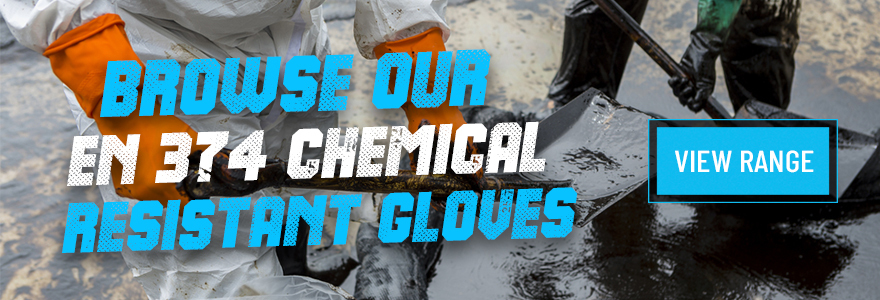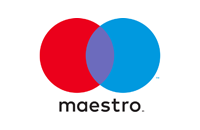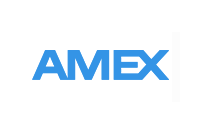| EN 374 Explained12 March 2018 Chemicals are among the most dangerous substances that are dealt with in the workplace. Luckily, gloves that boast chemical protection undergo a rigorous set of tests before they can call themselves chemically resistant. You have EN 374 to thank for this. All you need to do when purchasing one of our Chemical Resistant Work Gloves is to take a look at how the glove upholds to EN 374 – 2, and 3 for a full explanation of their reaction to solvents, alkalines, ketones, alcohols and more. Before you lose yourself in codes, letters and percentages, we recommend you read this quick guide to make sure you buy the right glove for the job. EN 374The first thing you need to understand is the difference between the two tests. A glove does not need to pass both tests to pass EN 374, but it does mean that they will only be suitable to protect against certain substances. A glove than passes EN 374 - 2, but not EN 374 - 3 will be awarded with this symbol:
The main difference between the two is that one deals with penetration, and the other, permeation.
So, what do all of the numbers mean? EN 374 – 2If a glove meets this standard, it will display the following symbol:
To pass, the glove must not leak when tested with an air and water leak test. This involves either pressurising the inside of the glove with air and detecting bubbles that are released from the glove, or filling the glove with a litre of water and detecting water droplets that are on the outside of the glove. If the glove obtains a level 1, that means it is waterproof. However if it obtains a level 2 or level 3, it means that they are resistant to micro-organisms too. EN 374 – 3This is where the serious stuff starts. Gloves MUST achieve a level 2 on EN 374 – 2, to even be considered for EN 374 – 3. If it passes, it will boast this symbol:
The test demands that the gloves must achieve the same resistance to water as it does to any three of the following chemicals chosen at random:
Similar to the water test, a patch is placed on the outside of the glove to determine if any chemicals manage to permeate the material. The gloves will be awarded a performance level based on how long they withstood the chemical, before breakthrough. The meaning of each level is explained in the table below:
How Can I Trust EN 374?EN standards exist to guarantee that the glove you’re buying does exactly what it says it does. This could not be more important when dealing with chemicals and other harmful substances. What is to stop a glove from boasting super strength resistance to all the chemicals out there only for it to breakthrough at the first hurdle? Well, thanks to EN 374, protection is guaranteed by law. If a glove says that it protects against sulphuric acid, then it will. So go ahead, take a look at our wide variety of our Chemical Resistant Work Gloves and find the gloves that provide the correct protection for you. | ||||||||||||||||||||||










